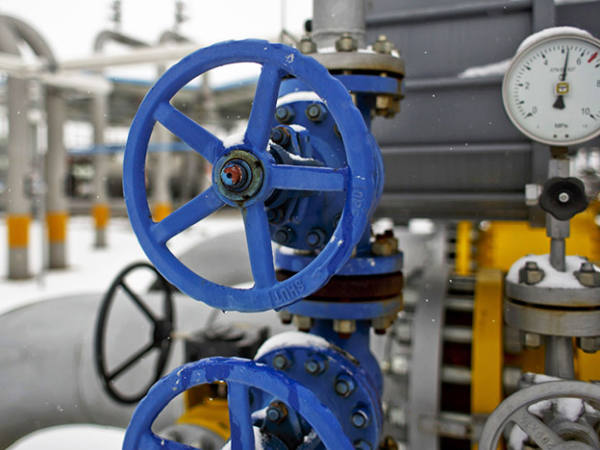In truth, the screen identifies stocks that have achieved positive momentum, particularly useful where recovery plays are concerned. But the reality is that investors are usually more interested in a company's ability to generate distributable earnings. After all, any idiot with a cheque book can grow the top line, although it’s worth remembering that margin expansion can lag revenue growth, particularly in capital intensive industries.
Jim O’Shaughnessy has been awarded several US patents for his investment strategies, testament to the originality of his thinking given that novelty and non-obviousness are conditions for obtaining a patent. A fresh perspective can often lead to alpha returns, and his back-tested methodology has produced some interesting findings regarding shareholder returns.
An update for the third quarter of 2018 from O’Shaughnessy Asset Management highlighted outperformance by companies that have initiated large-scale share buyback programmes. It’s not difficult to appreciate why repurchase programmes could support share prices, but the update makes the point that there is a “wide dispersion of outcomes” among the buyback companies. So, the challenge is whether it’s possible to model this dispersion to achieve alpha.
Beyond what O’Shaughnessy terms “peak yield”, which describes the total reduction in shares outstanding through a given period, the focus should be on how buybacks are funded – operating cash flows versus debt issuance. The latter method, something of a rarity 30-years ago, has become the default position for many large corporations simply because executives can’t think of any easier way to support their stock prices when interest rates are at rock-bottom. (Until 1982, regulations set by the US Securities and Exchange Commission made it difficult for companies to purchase their own shares in the market.)
But it’s conceivable that this artificial ‘leg-up’ could disappear if interest rates start to ratchet-up again (admittedly, a more distant prospect than it seemed six months ago). Nevertheless, a wave of corporate bond maturities could slow down the available capital for stock repurchases, or at least give pause for thought where equity-to-debt issues are concerned.
With the doves back in the ascendancy in the central banking system, there should be some respite for equity markets that had been feeling the heat since the third quarter of 2018. Usury has been bad business over the past few years. Compare fixed income returns with the FTSE 350's average annual total return of 4.93 per cent over the past five years. The average dividend yield for index constituents stands at 4.57 per cent, so no one will be running for the exits any time soon.
With a market awash with buyback and dividend options, you could always calculate the shareholder yield to narrow down the field. It’s a relatively straightforward calculation. First, you add together the amounts paid towards dividends and share repurchases. You then subtract the value of shares issued from this sum, leaving you with the total amount spent on dividends and net share repurchases. Finally, you divide the resultant total by the market capitalisation of the company, giving you the shareholder yield in percentage terms.
You can see the attractions of a heady baseline rate of return, especially in a low interest rate environment, when companies can simultaneously increase distribution rates, while buying back stock to decrease the overall number of shares. There are incentives both for management, such as earnings-linked remuneration, and shareholders, although you wonder whether the proliferation of share buybacks – leveraged or otherwise – will serve to destroy shareholder value over the long run, when the realisation dawns that many securities have been purchased at the top of the market.











